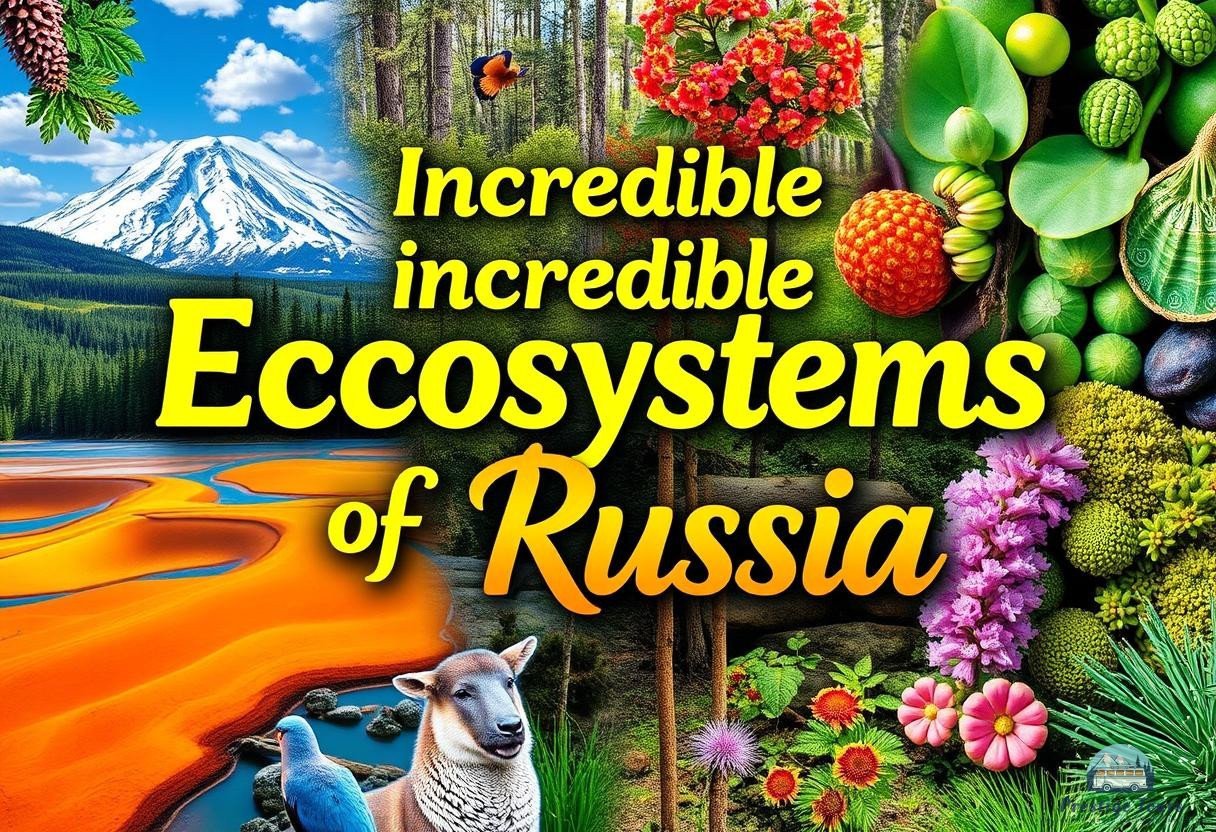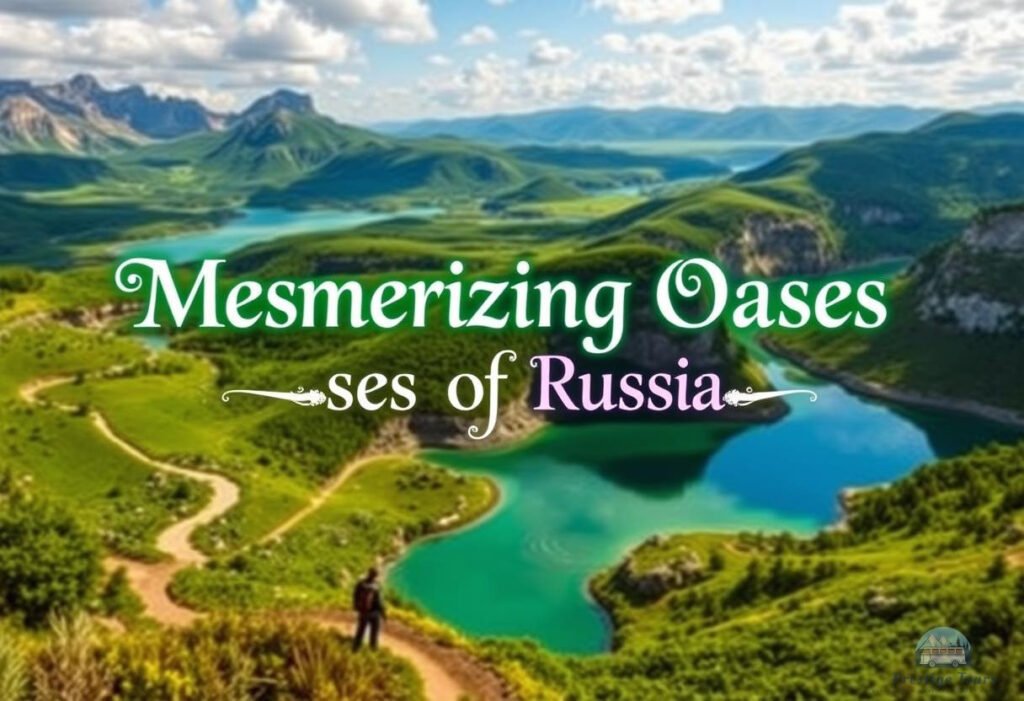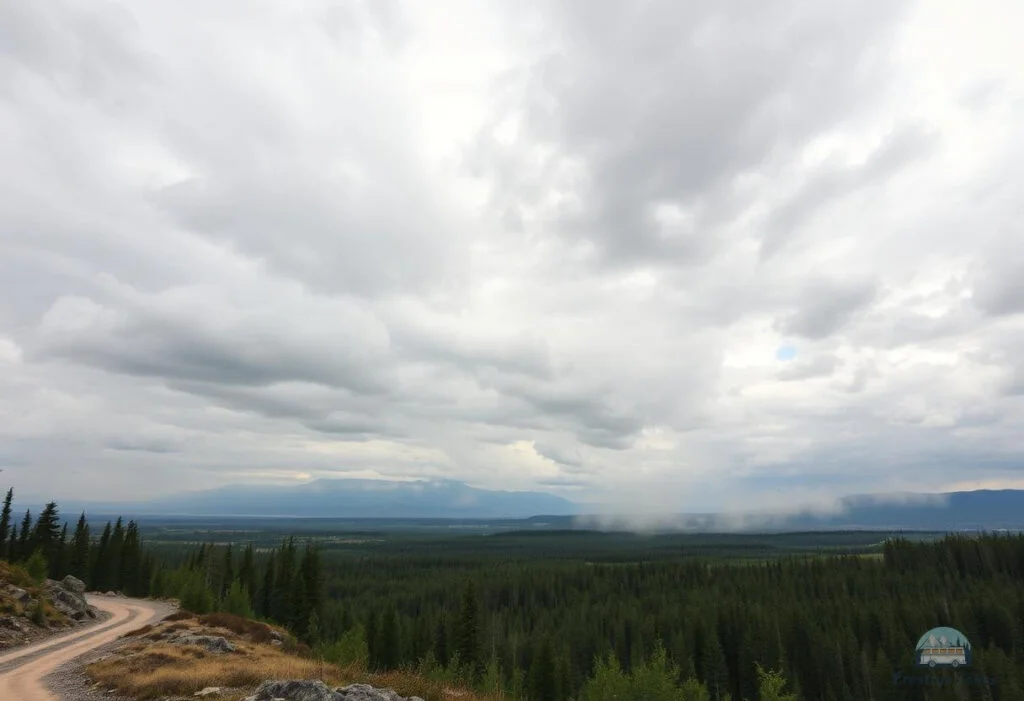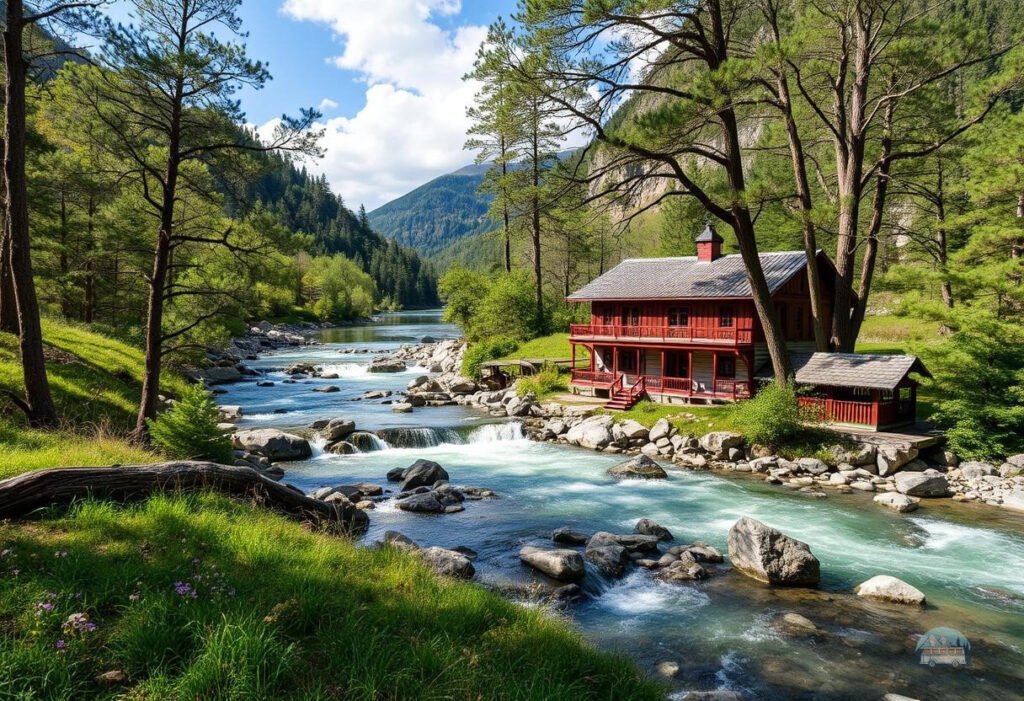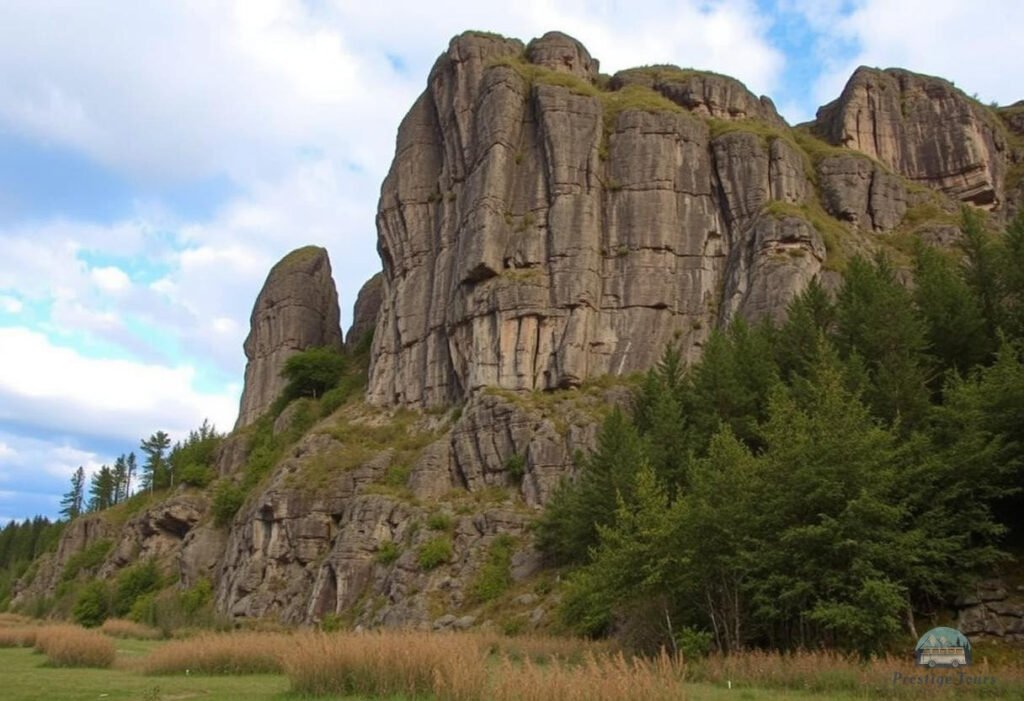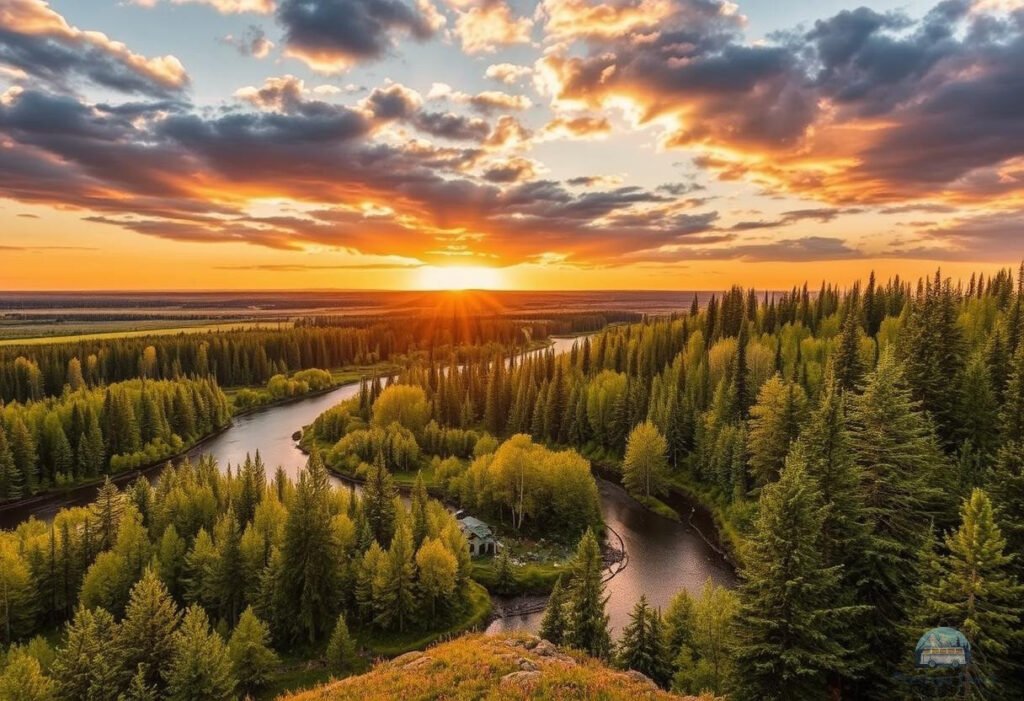Introduction
Mysterious natural oases of Russia are real treasures that evoke admiration and desire to explore them. Ecosystems of Russia play an important role in preserving biodiversity and maintaining ecological balance. In this post, we will look at unique ecosystems, reserves and natural areas that attract many tourists and researchers.
Unique ecosystems of Russia
Tundra: the land of permafrost
The tundra is a unique biome characterized by harsh climate conditions, permafrost, and unique flora and fauna. It is home to animals such as deer and polar bears, as well as a variety of birds. The flora of the tundra is dominated by mosses, lichens, and low shrubs that have adapted to extreme conditions.
Forests: the lungs of the planet
Russian forests, particularly taiga and mixed forests, are considered the lungs of the planet due to their ability to produce oxygen and clean the air. These ecosystems are home to rare plant species, such as northern conifers, and unique animals, including lynx, bear, and wolf. Preserving these forests is critical for both the ecosystem and humans.
Nature reserves and national parks
Baikal Nature Reserve
The Baikal Nature Reserve is famous for its unique ecosystem, home to rare species such as the seal and the Baikal omul. Lake Baikal is the deepest and oldest freshwater lake in the world, making it an important conservation site. Efforts are underway to protect these rare species and preserve the region's natural heritage.
Altai Nature Reserve
The Altai Nature Reserve is located in the mountains, where high-mountain ecosystems create a special atmosphere for many species of flora and fauna. This reserve influences the biodiversity of the region, preserving rare and endangered species of animals, such as the snow leopard. The Altai mountain grandeur makes it a popular place for ecotourism and active recreation.
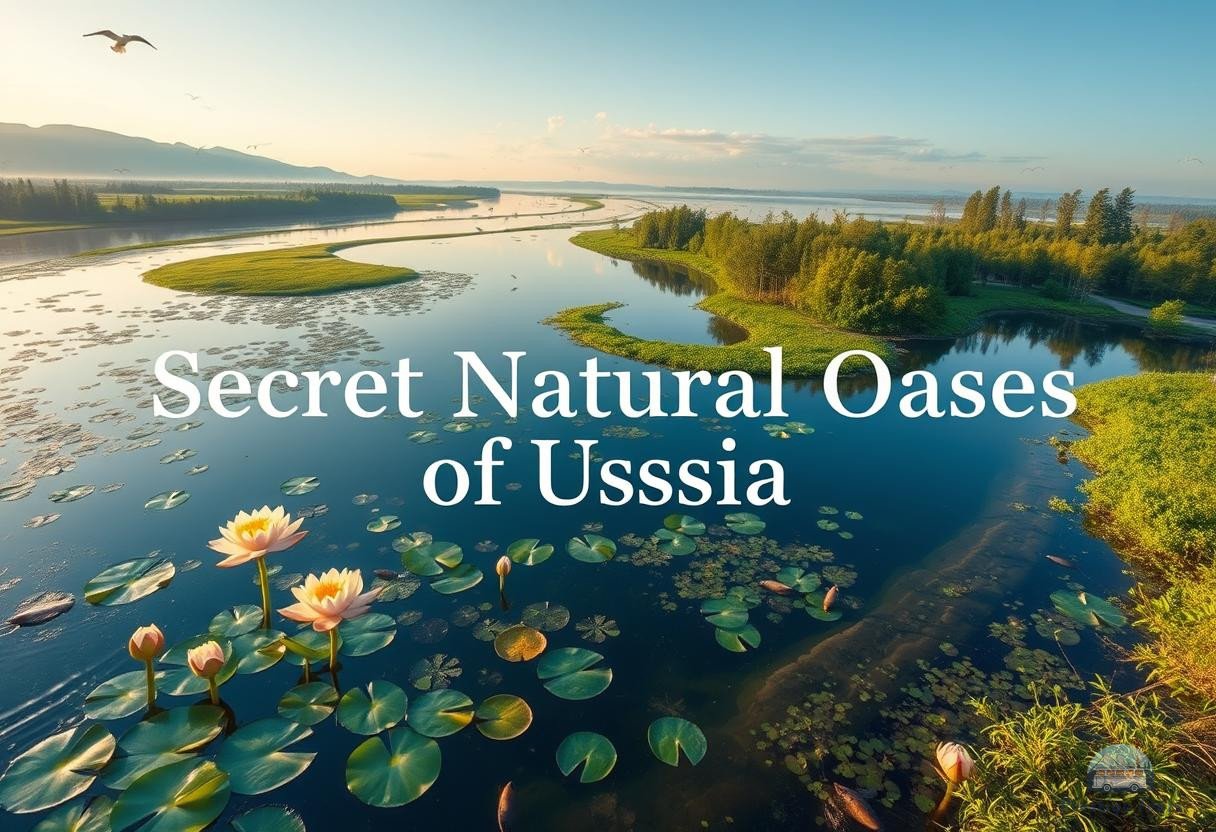
Aquatic ecosystems of Russia
The Volga River and its tributaries
The Volga River is a significant water resource that plays a key role in Russia's ecology and economy. It supports a variety of ecosystems, including snag zones, wetlands, and a variety of aquatic life. However, the threat of pollution and construction can negatively affect these ecosystems, so protecting the Volga is becoming increasingly important.
Seas of Russia: Baltic and Okhotsk
The Baltic and Okhotsk Seas are rich in ecosystems that are home to various marine species. Coastal areas are of great importance for fisheries and ecological balance. Protecting marine biodiversity in these areas is an important task carried out by both local authorities and international organizations.
Journey to mysterious natural oases
Ecotourism Tips
When planning a trip to mysterious natural oases, it is important to consider several factors. First, choose routes that have the least impact on the environment. Second, ensure the safety of your group by familiarizing yourself with the conditions in advance. And finally, follow the rules of minimal impact on nature to preserve the ecosystem in its pristine state.
Unknown corners
When visiting mysterious natural oases, be sure to consider lesser-known destinations. Many locals can tell you about hidden spots suitable for outdoor activities and wildlife viewing, such as mountain trekking or bird watching. Not only is this fun, but it is also an opportunity to learn more about nature and help protect it.
Conclusion
Russia's ecosystems are a unique heritage that must be protected. The call for sustainable tourism and conservation is especially relevant in these times. Each of us can contribute to the protection of these mysterious natural oases by joining the culture of responsible travel and caring for the environment.
